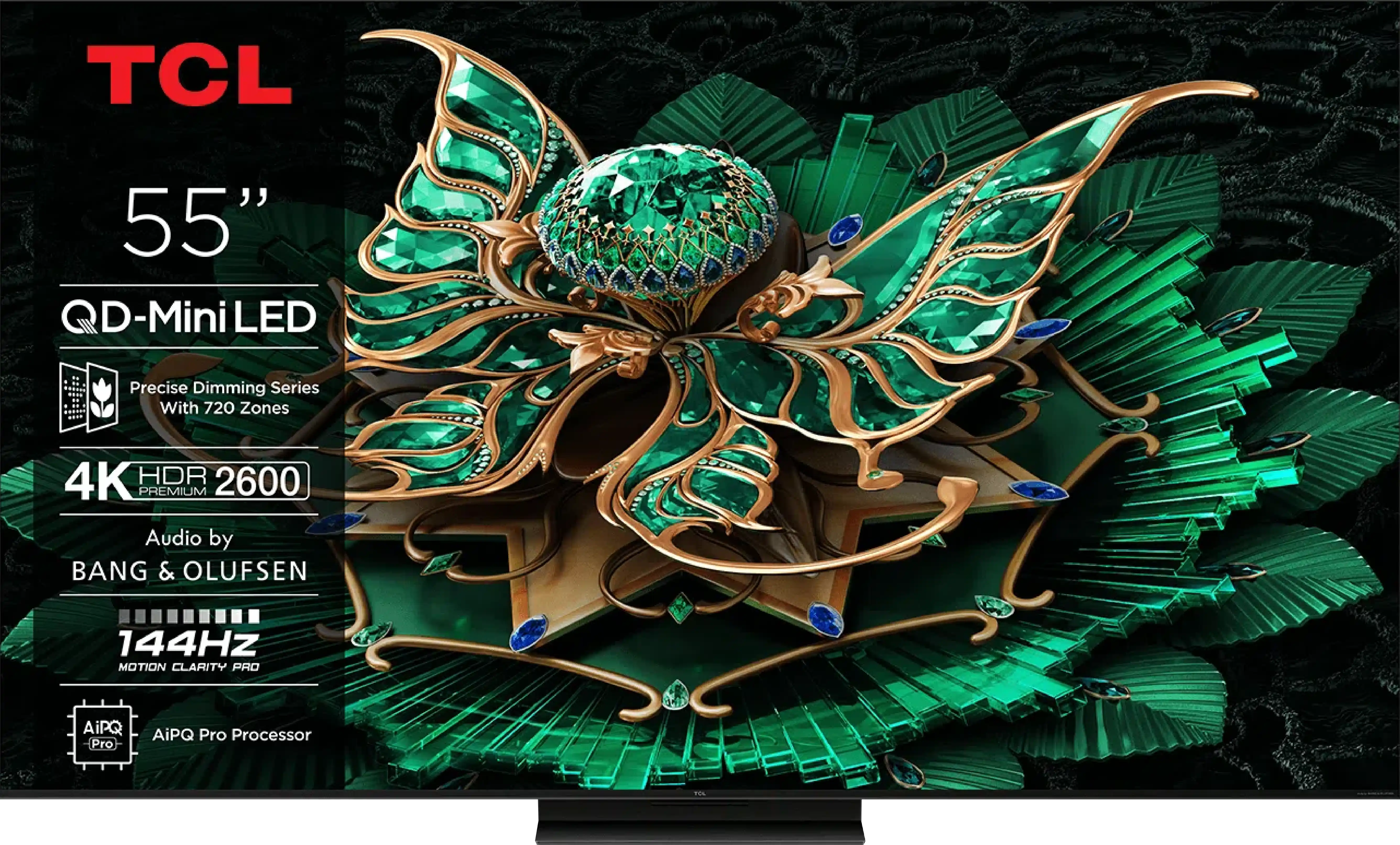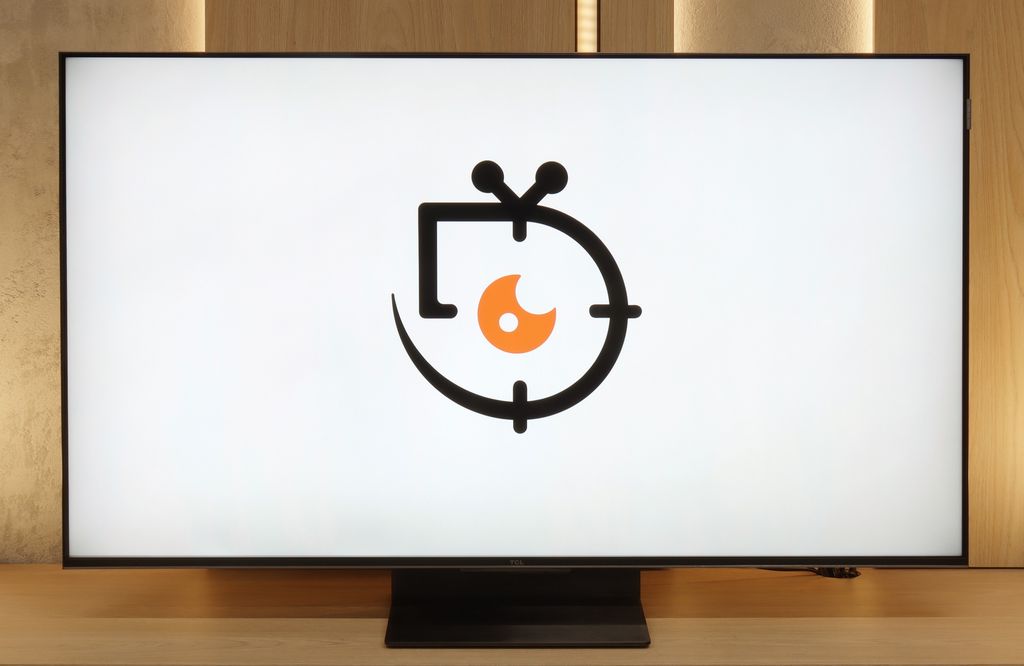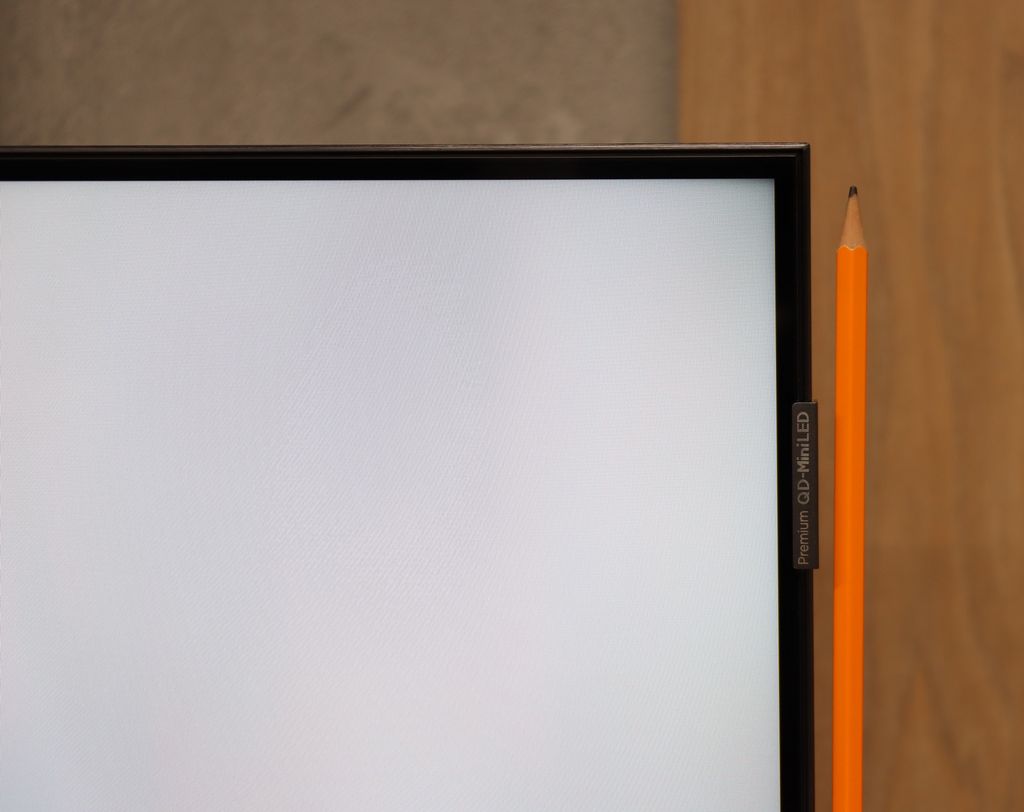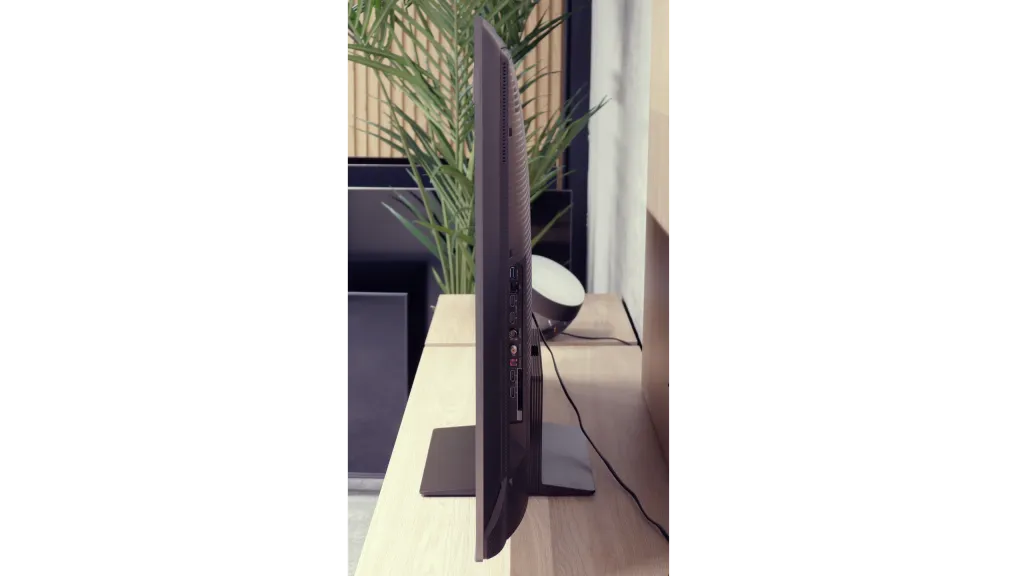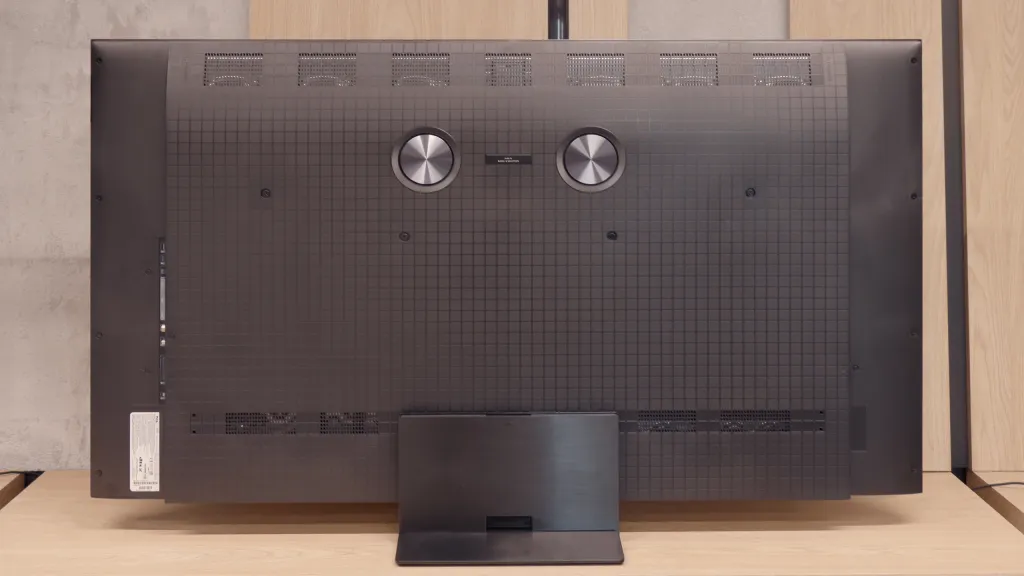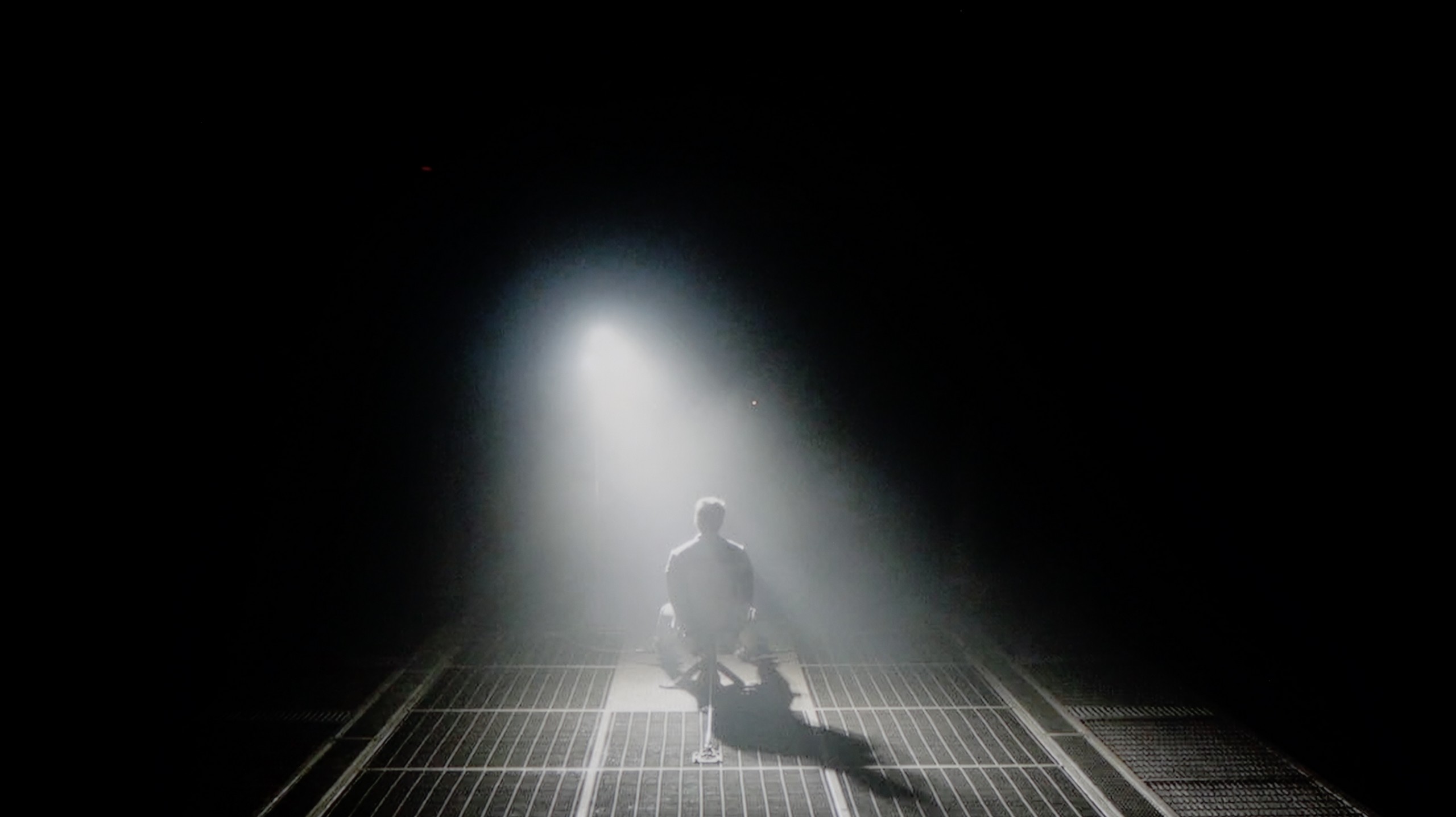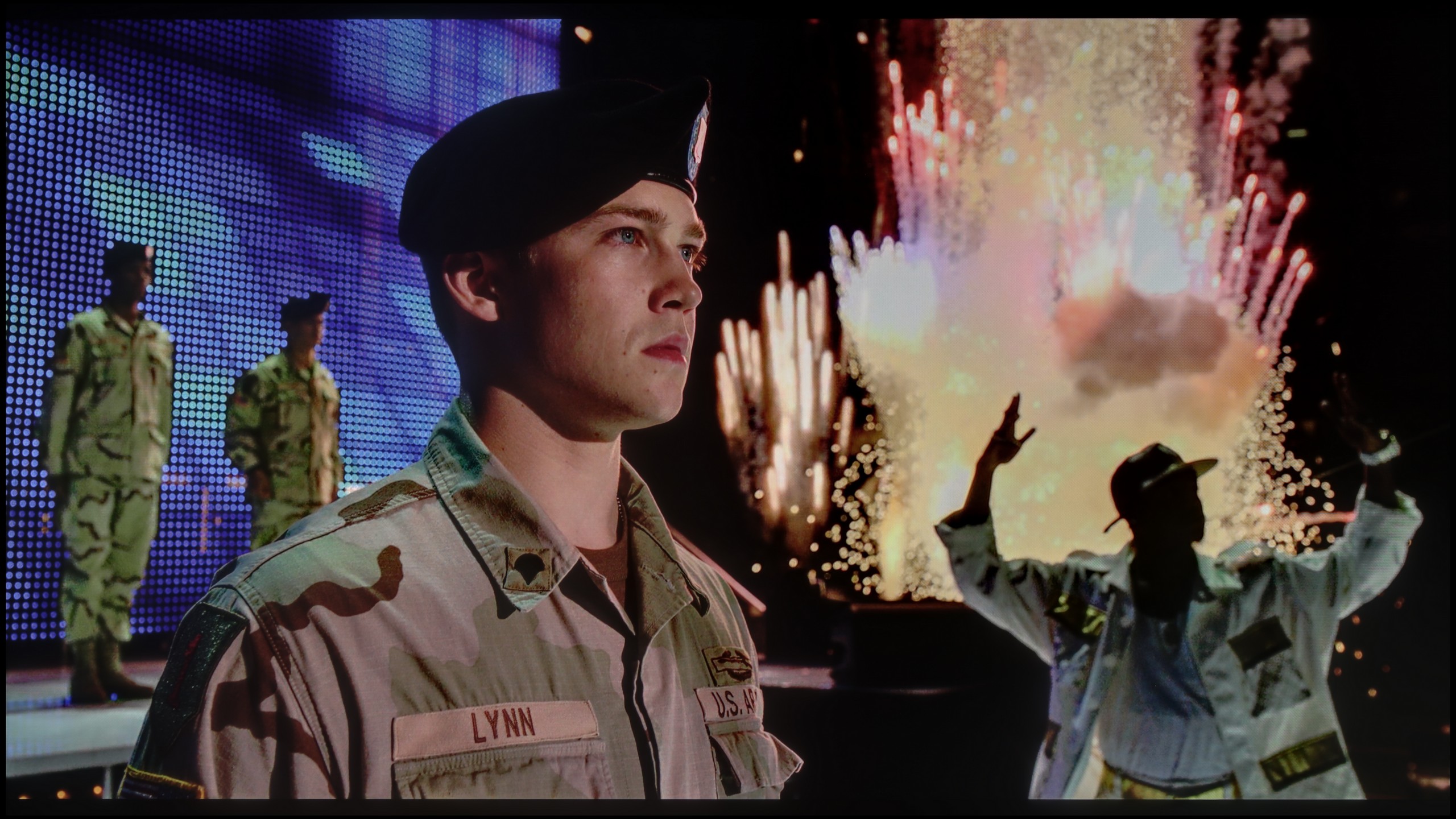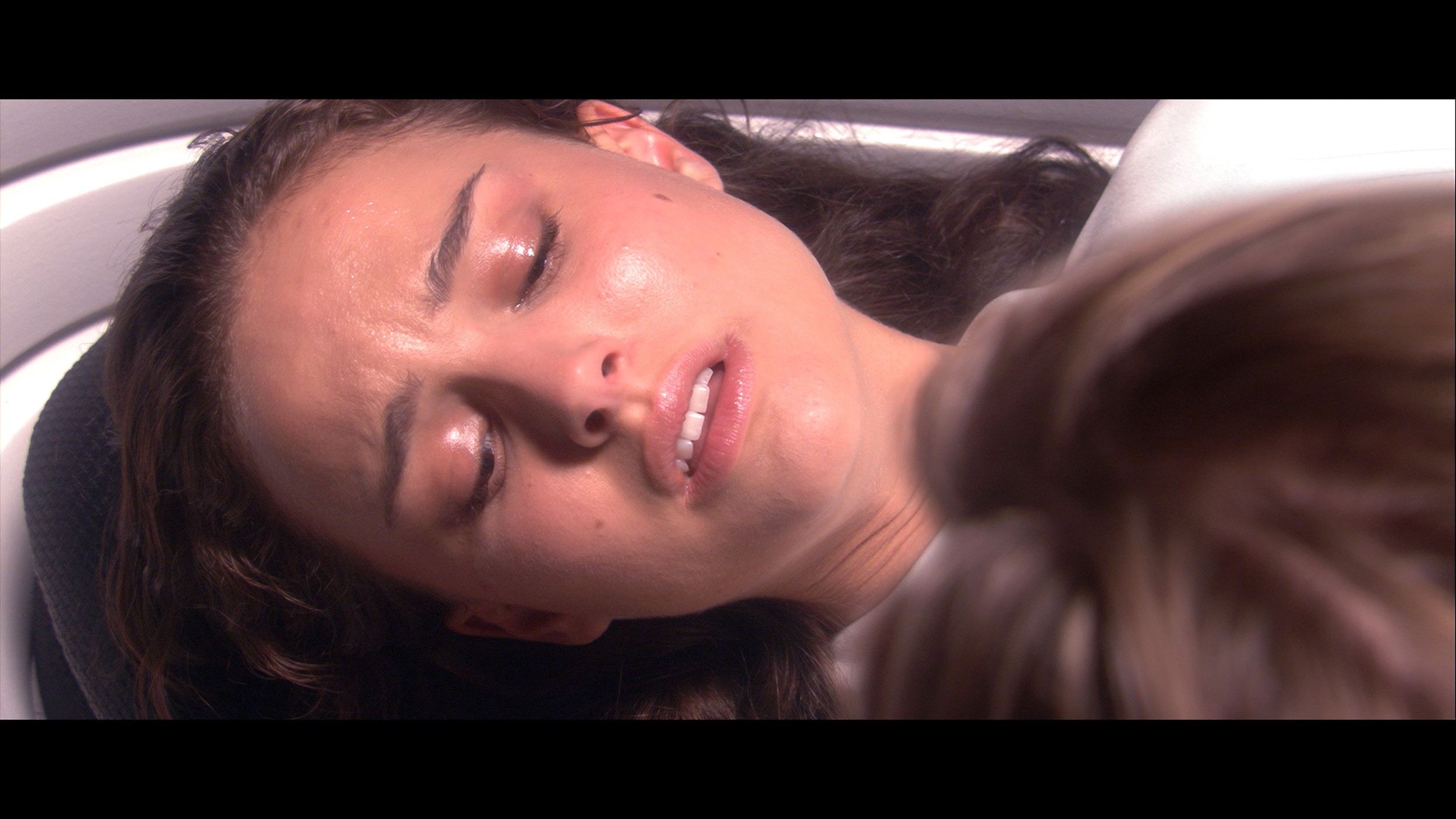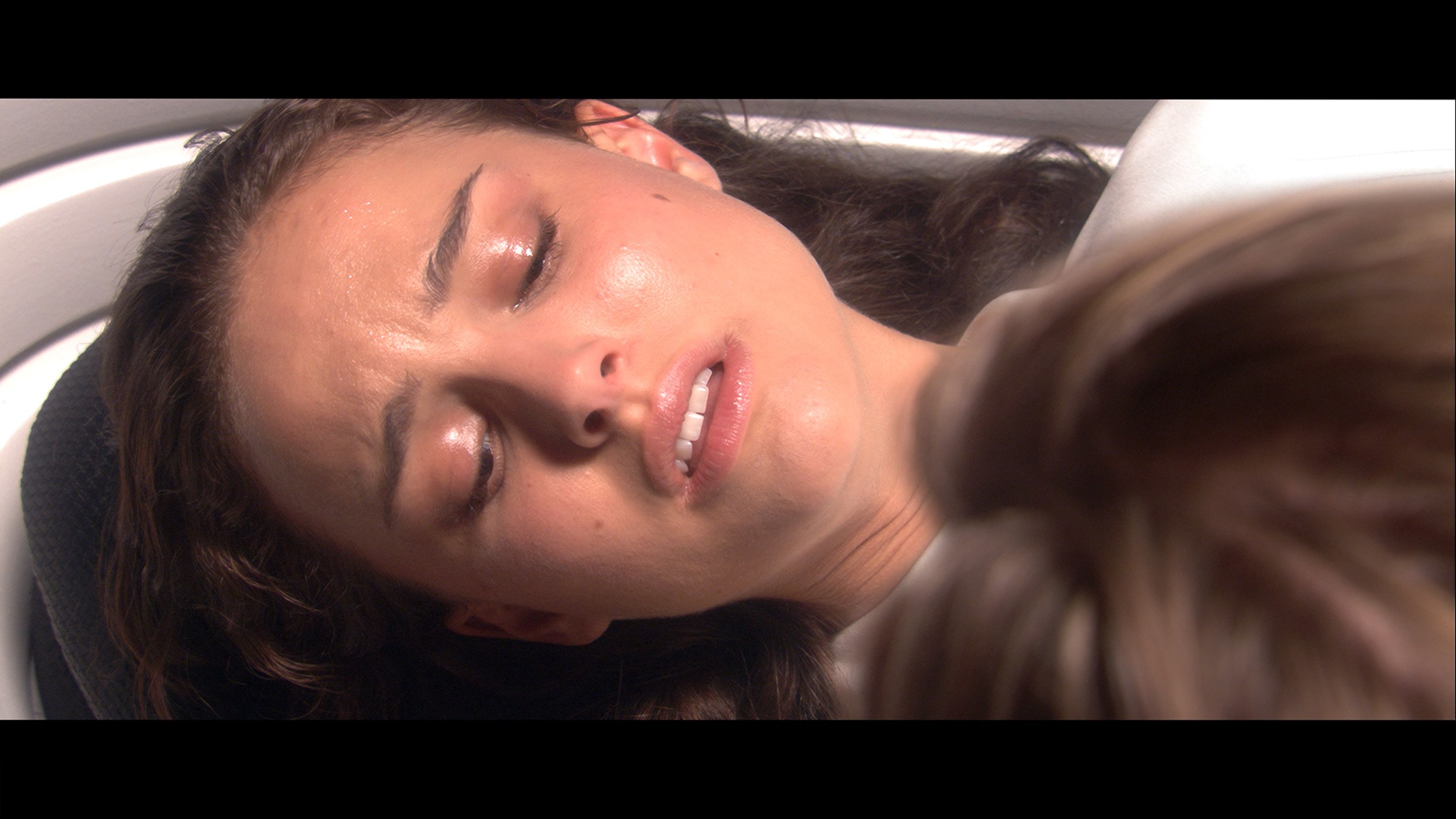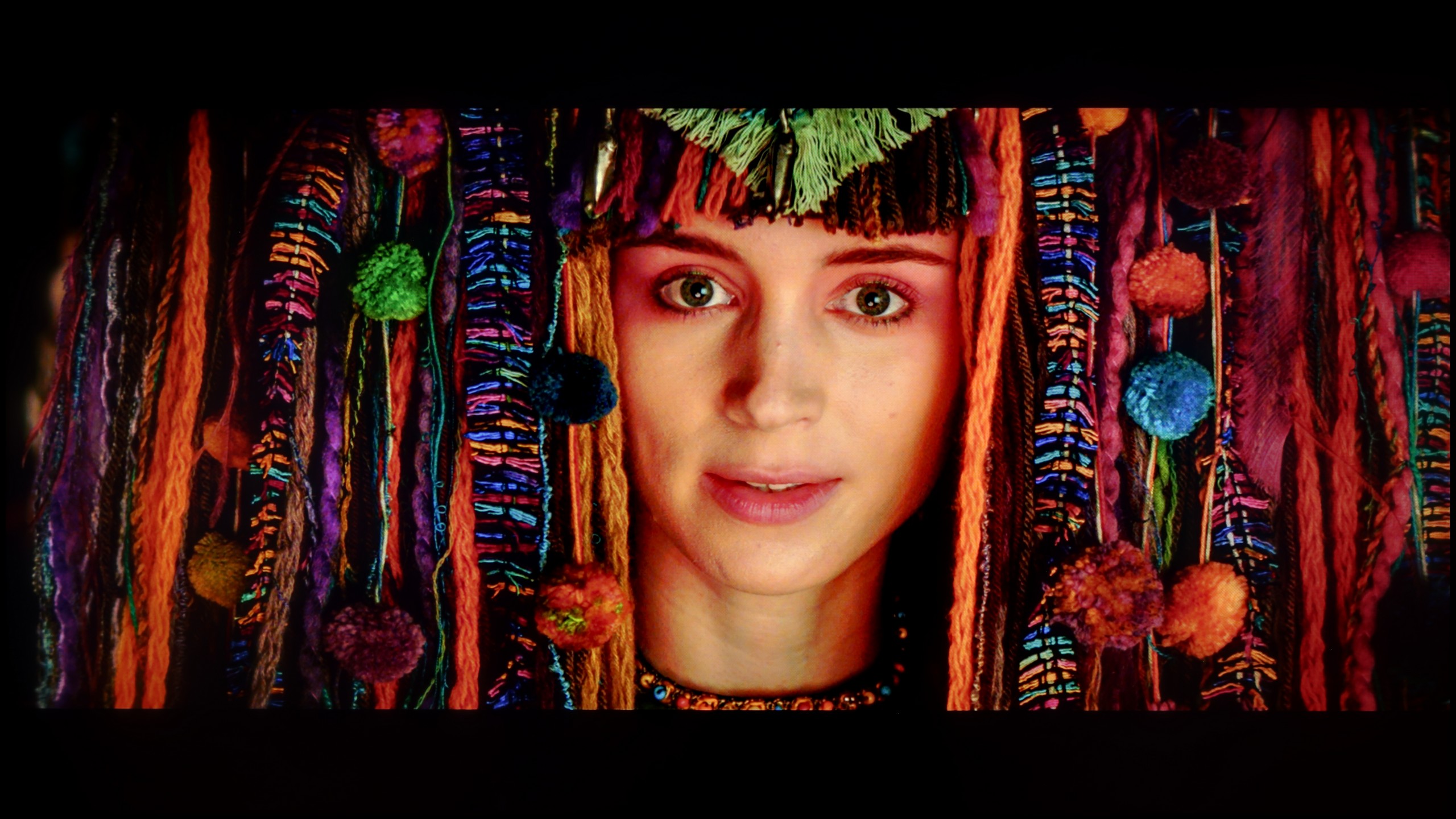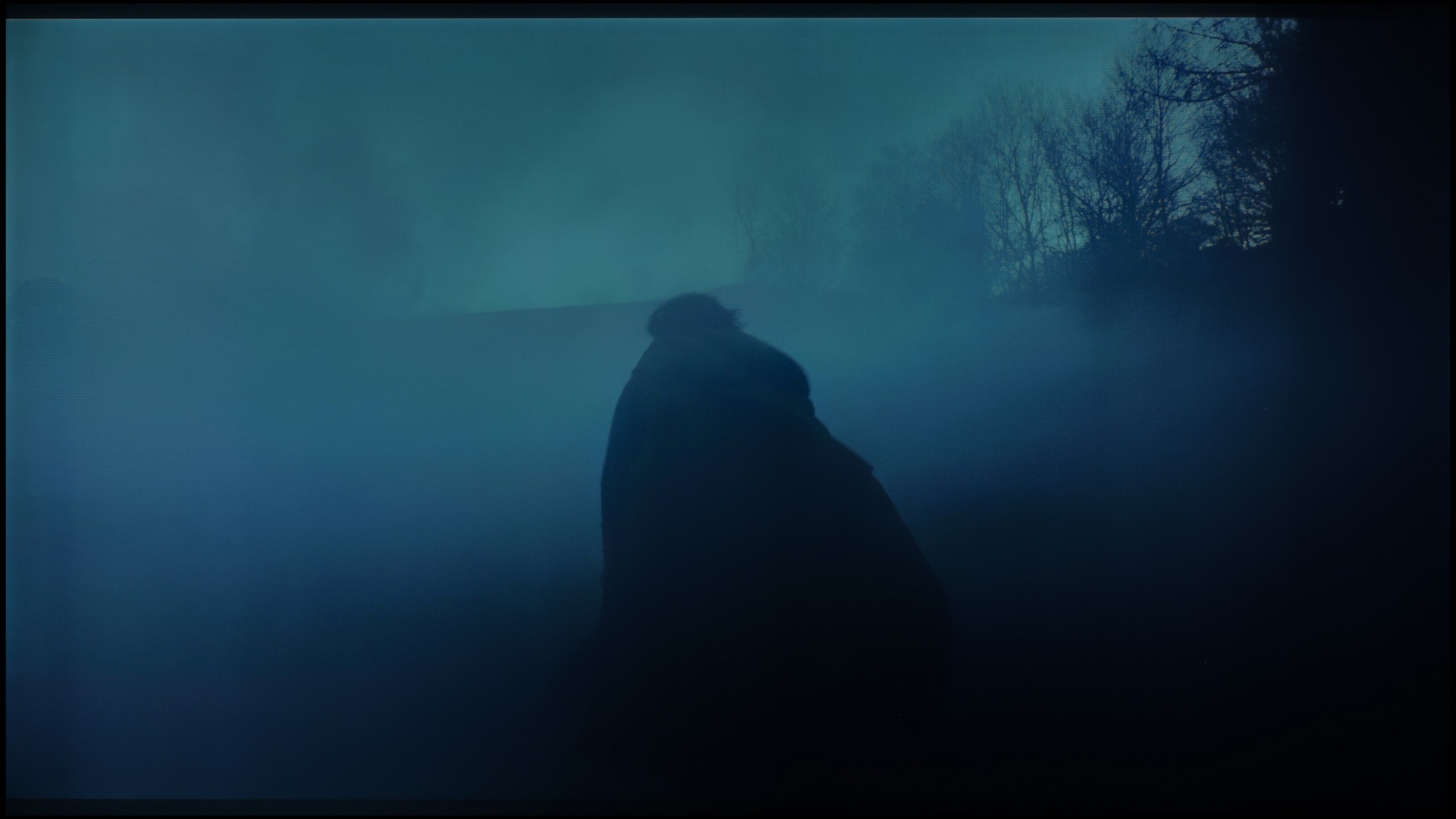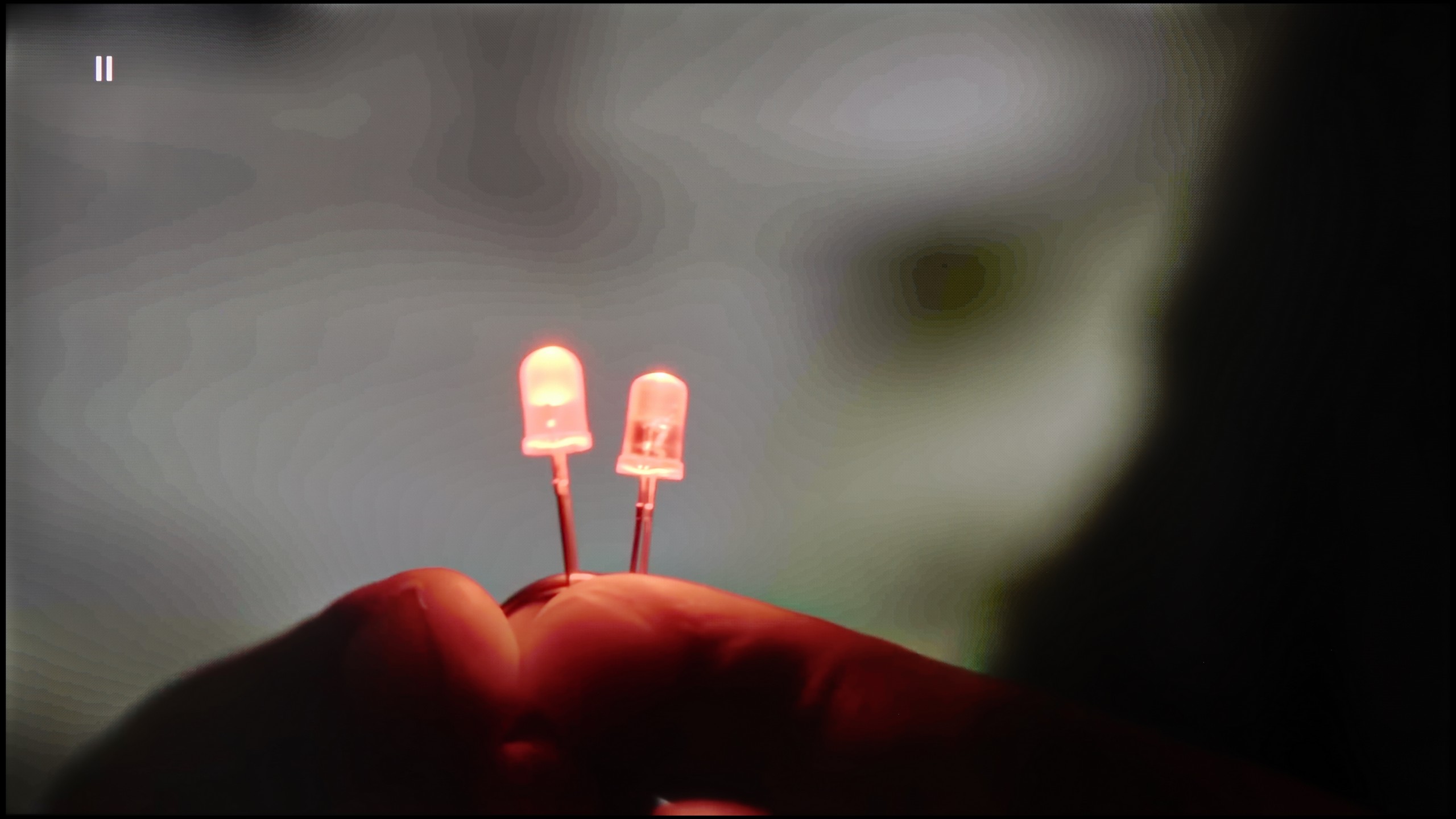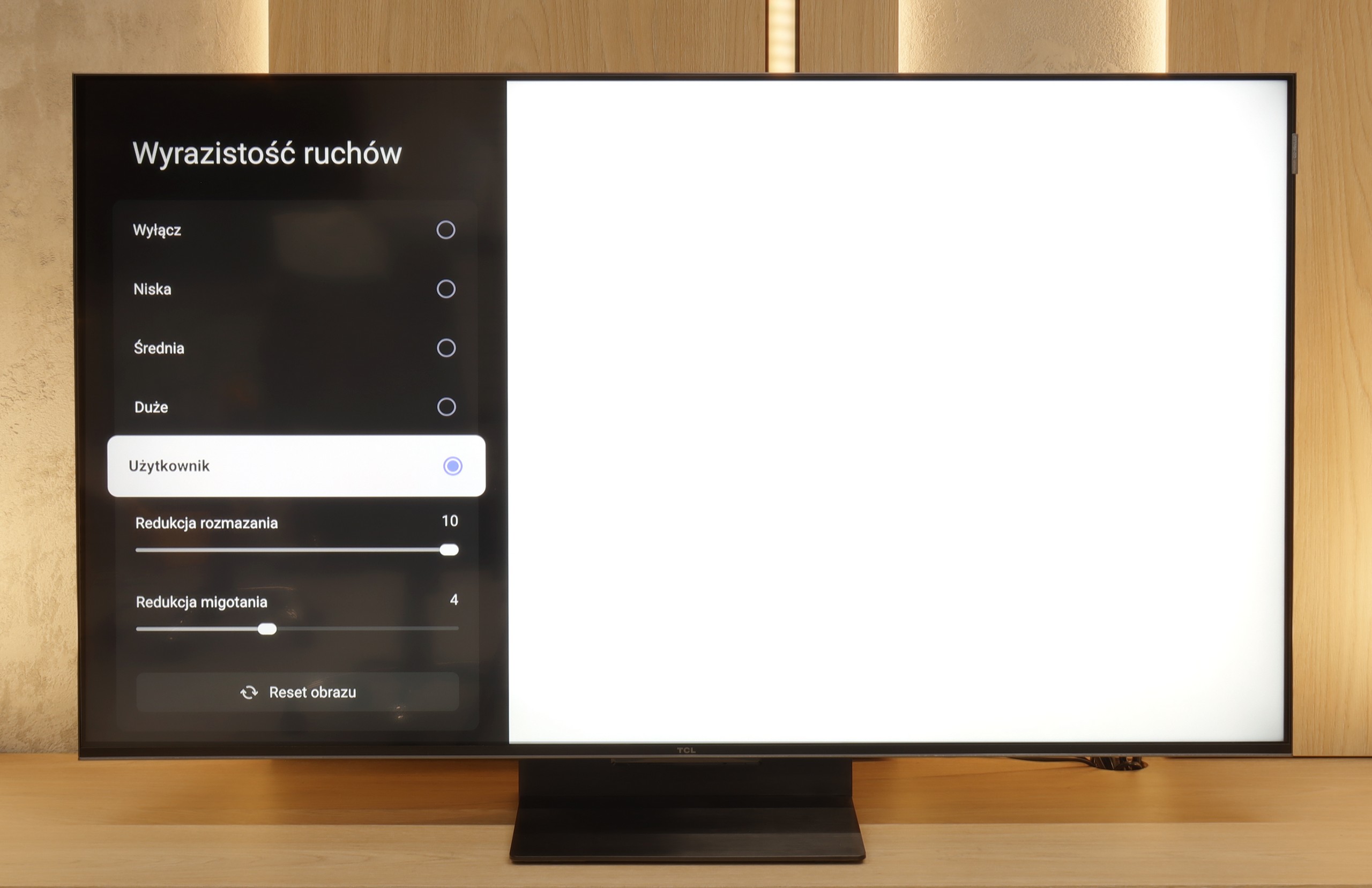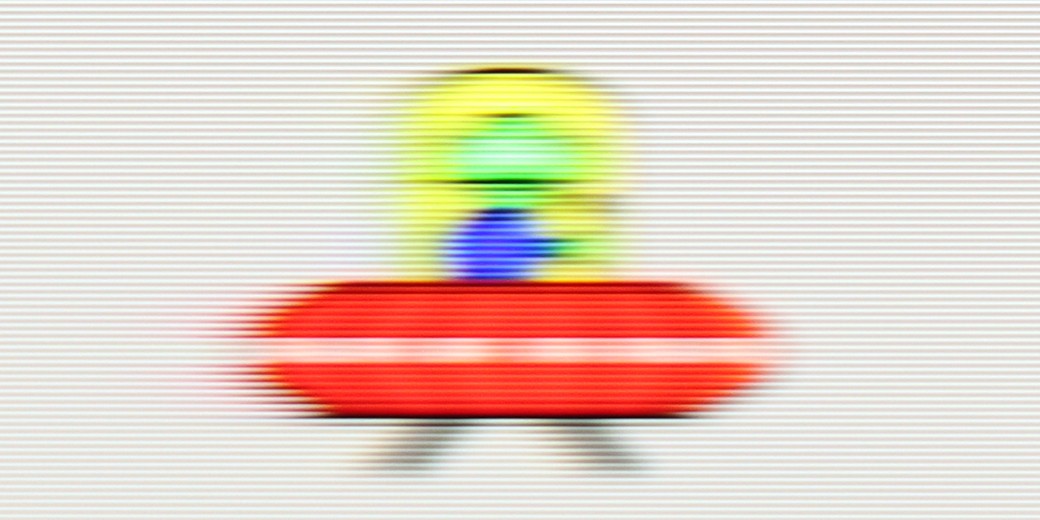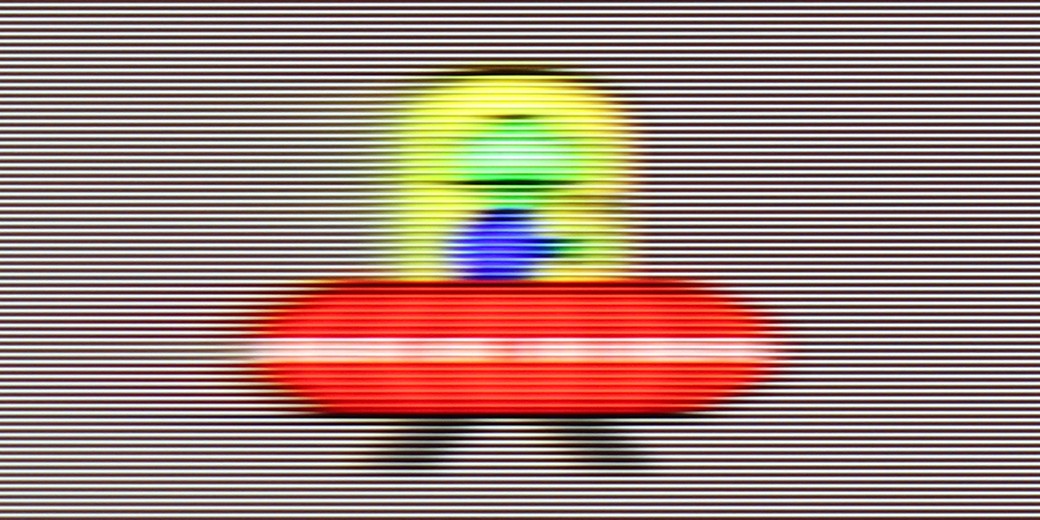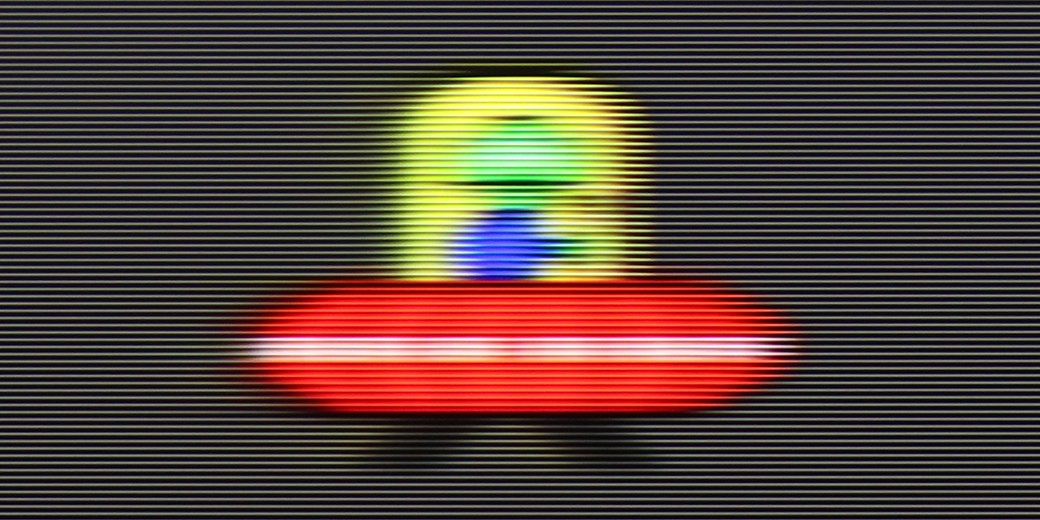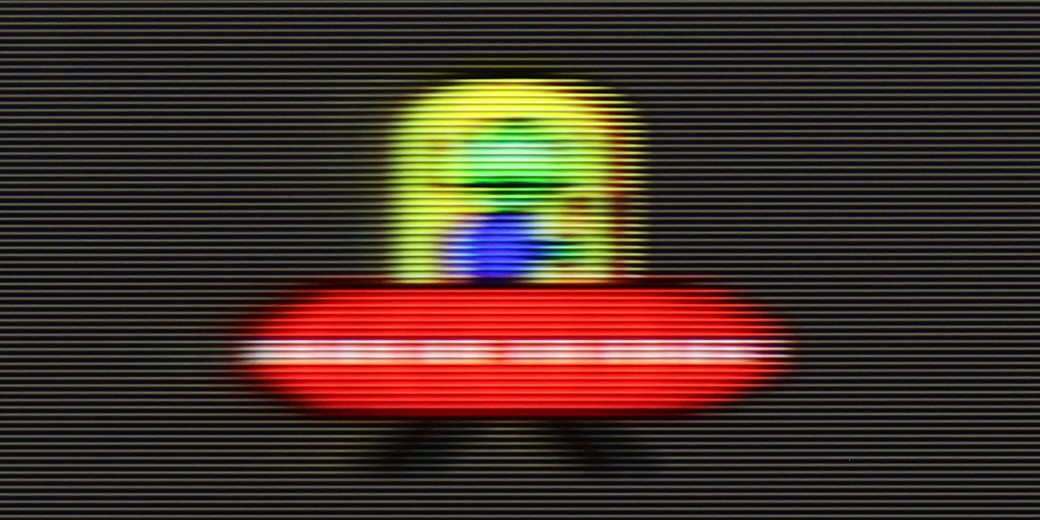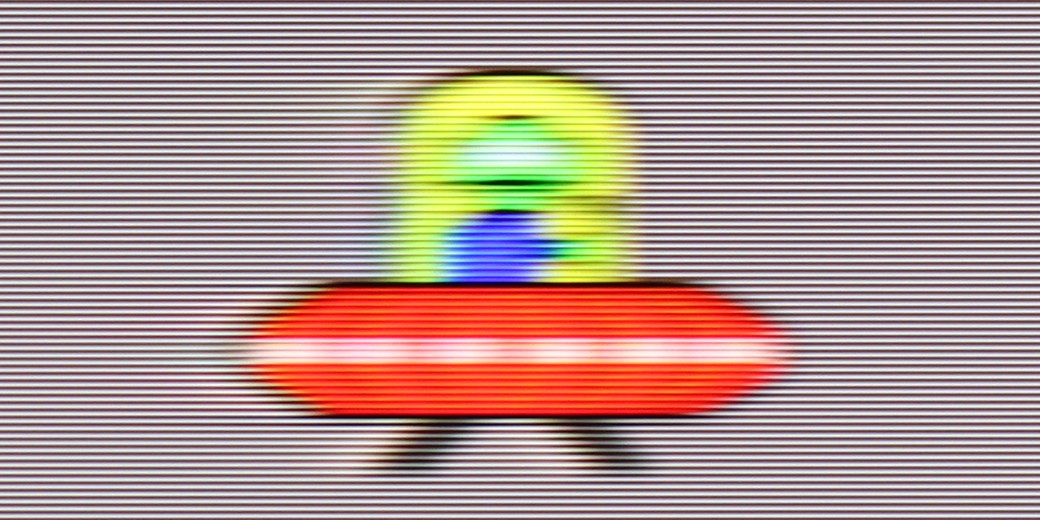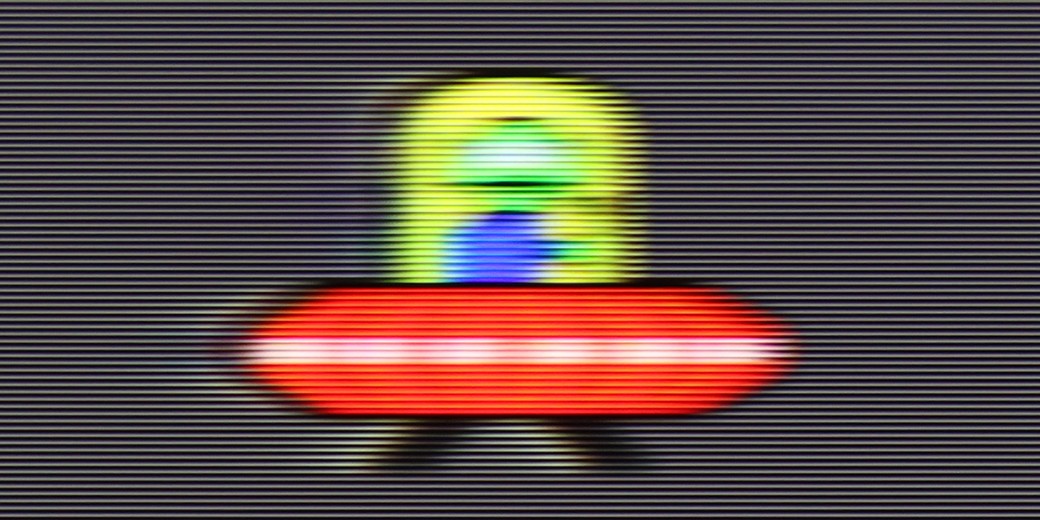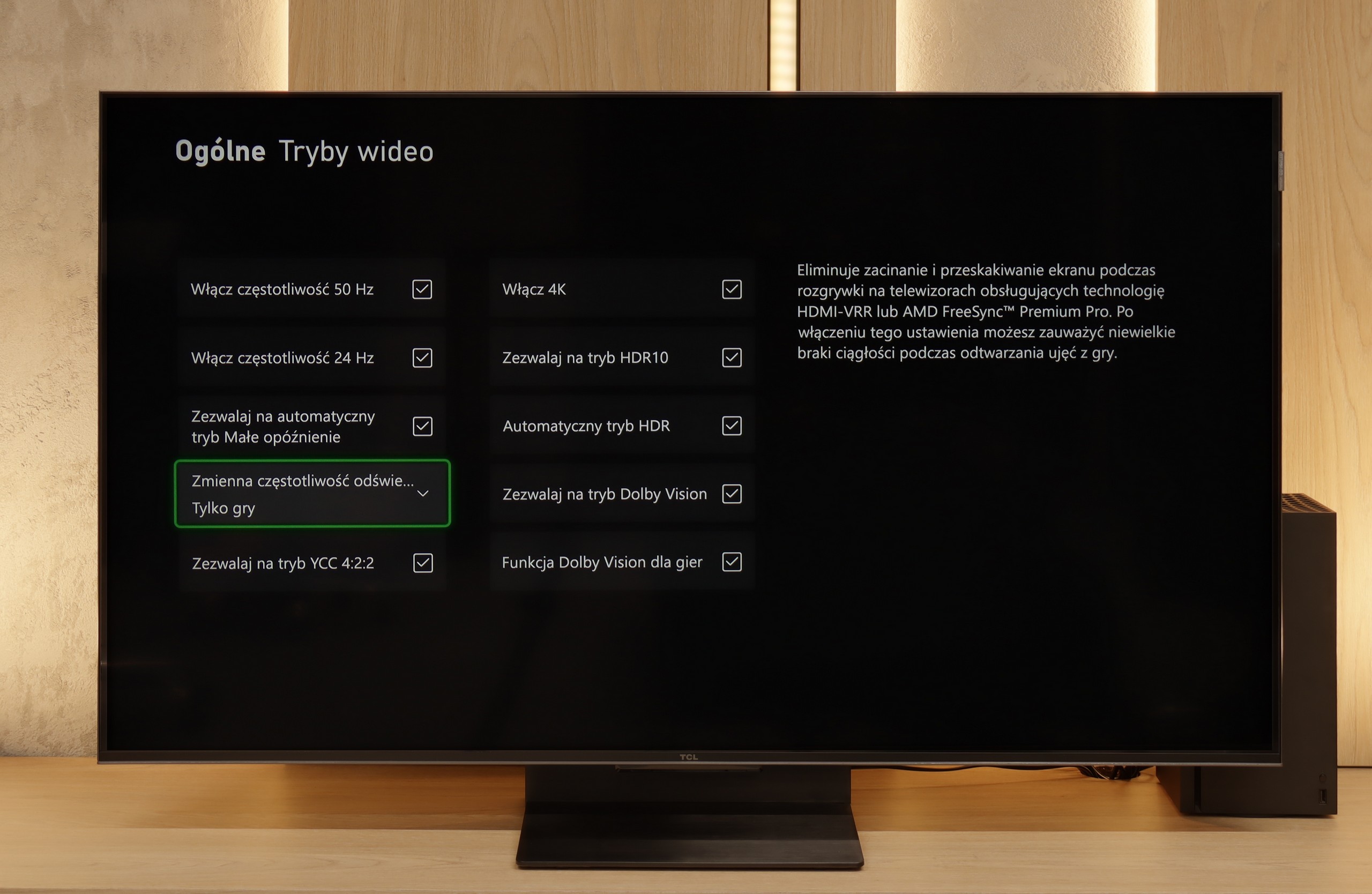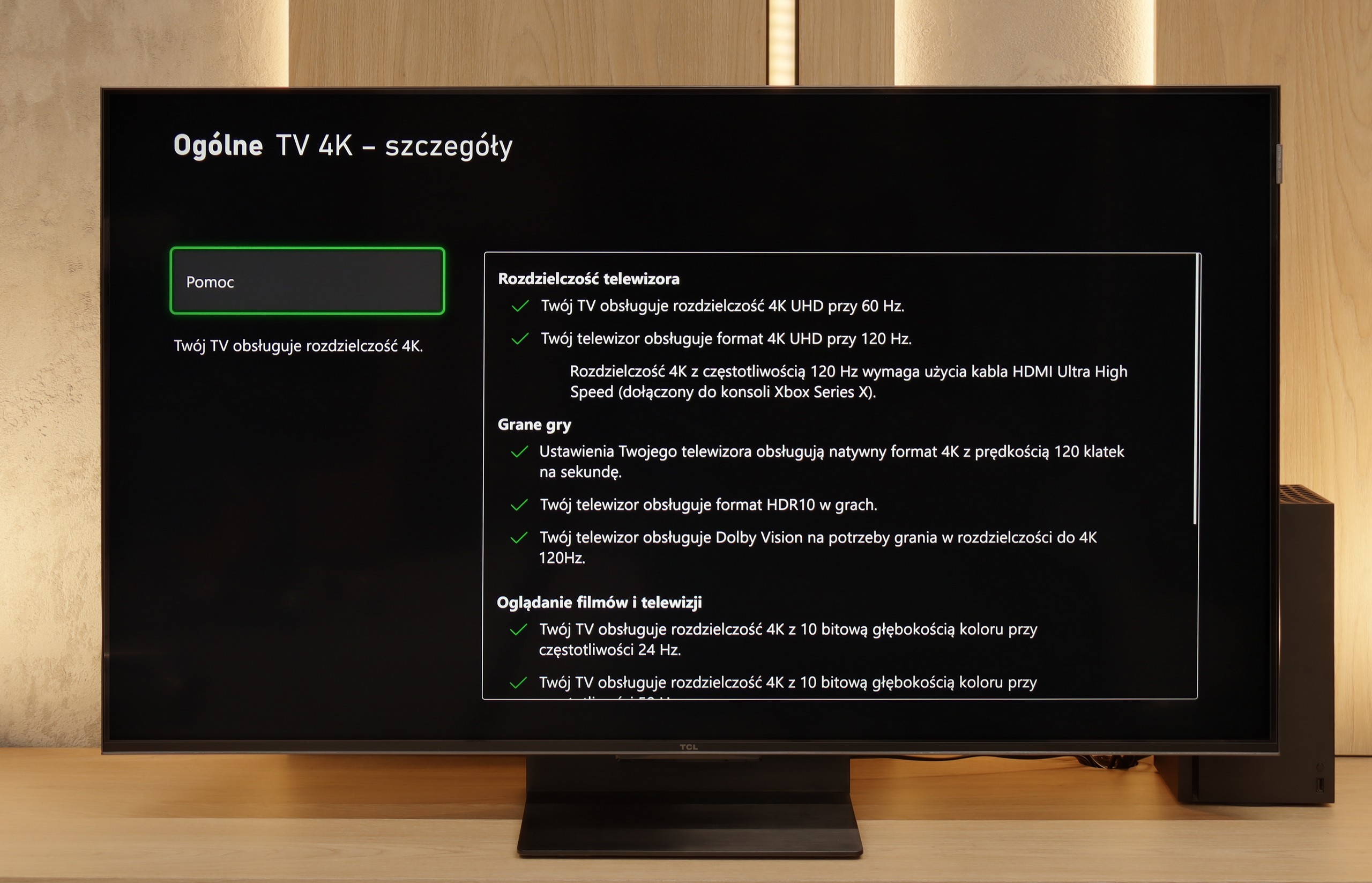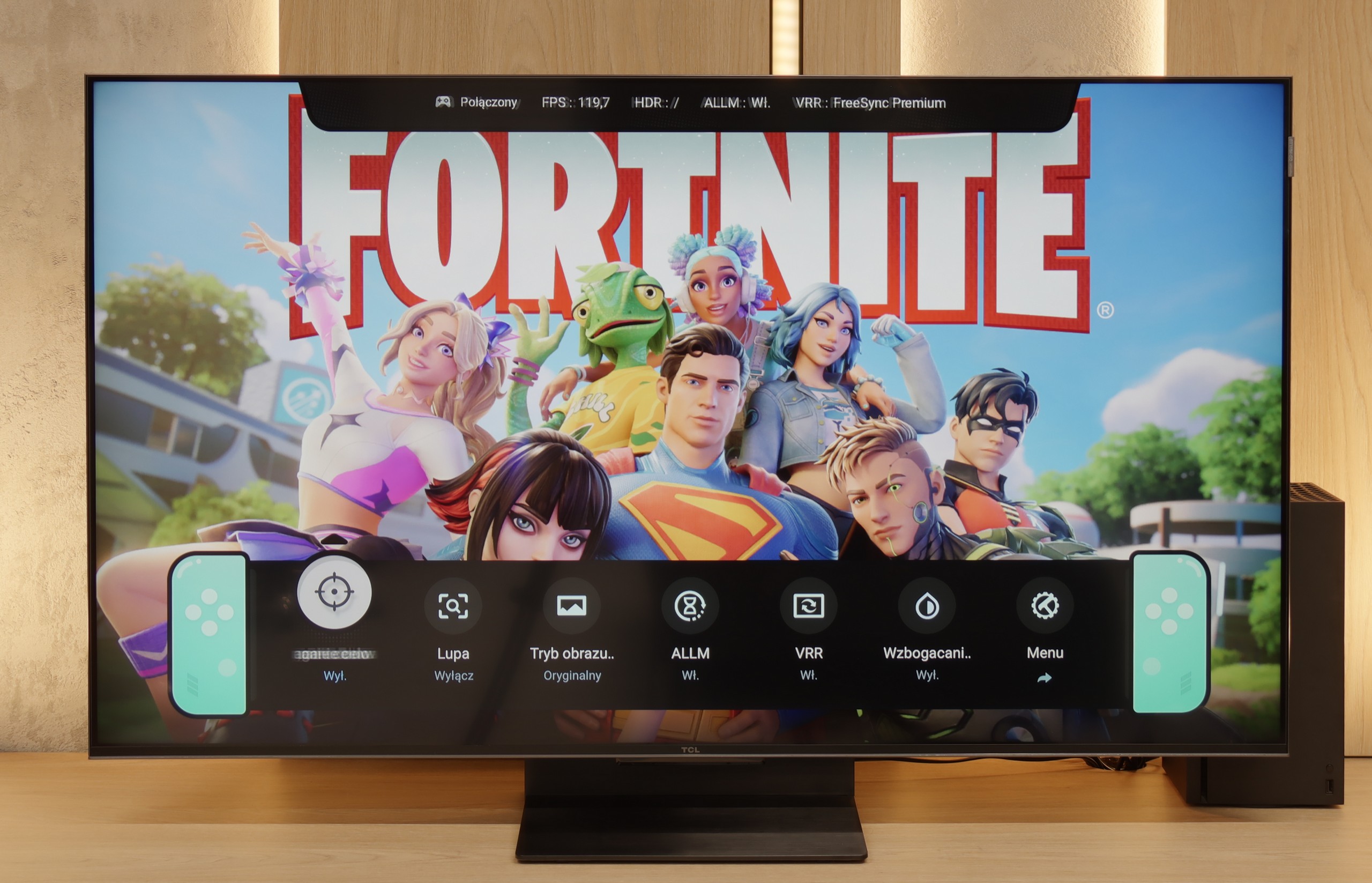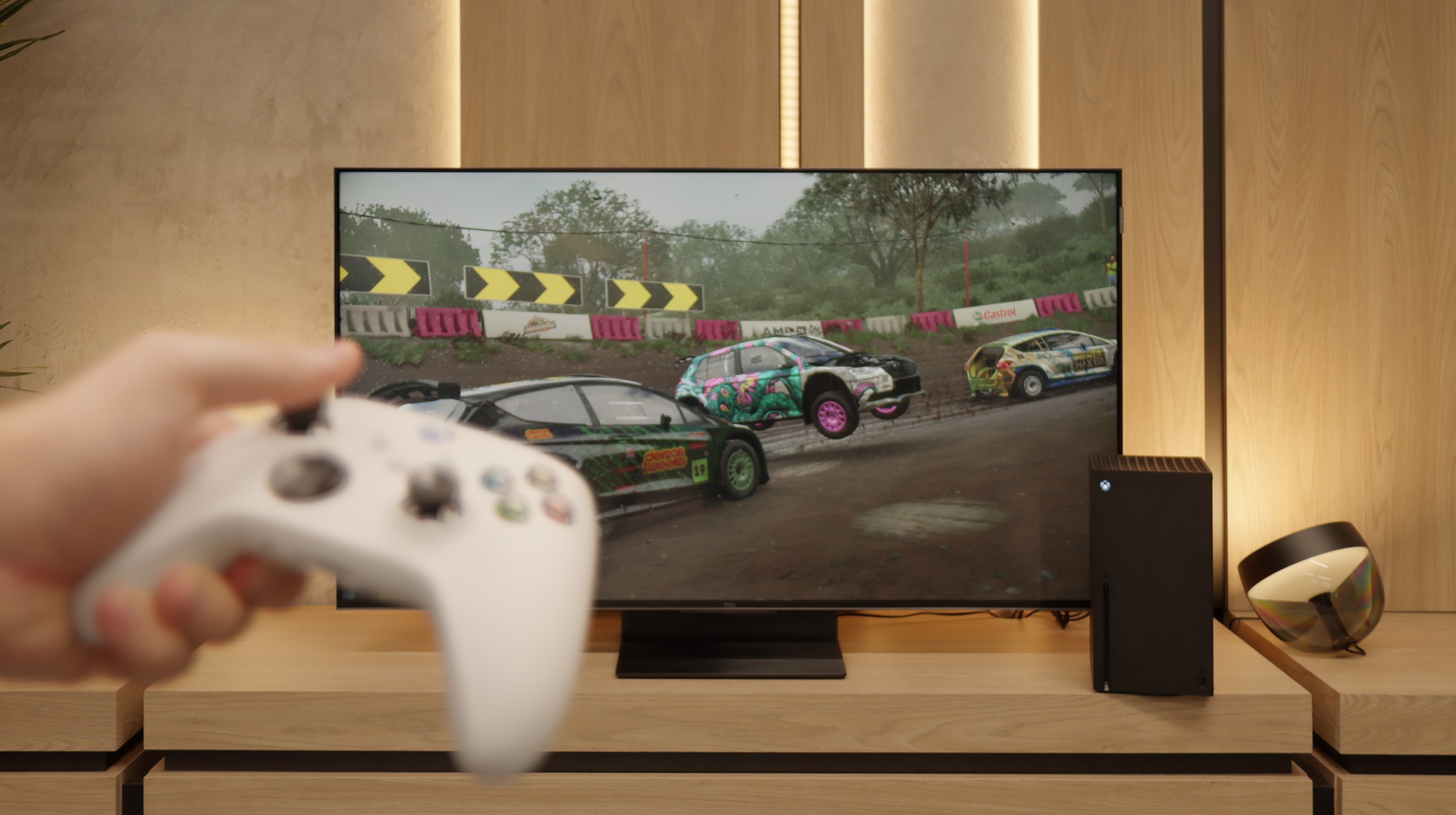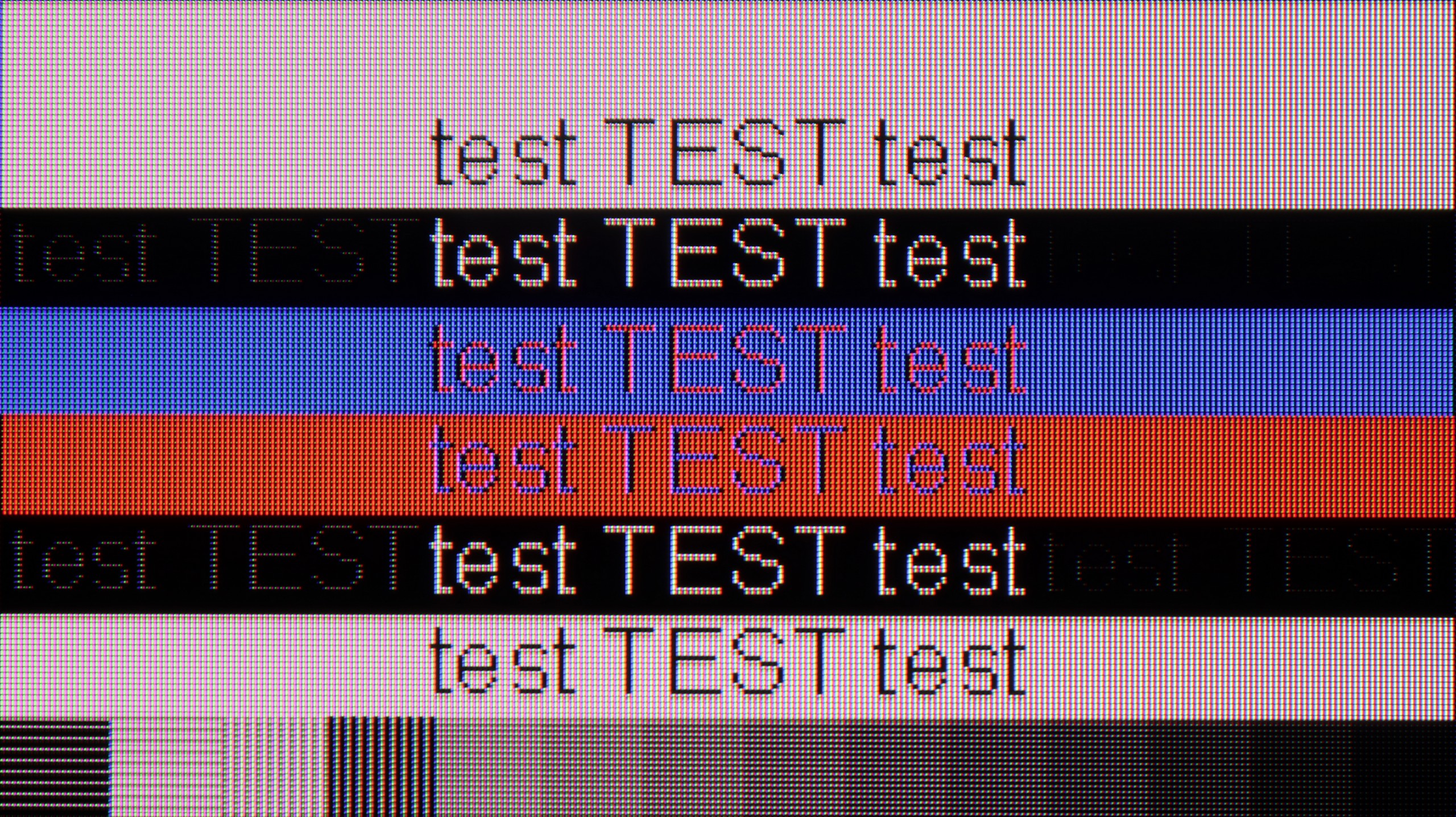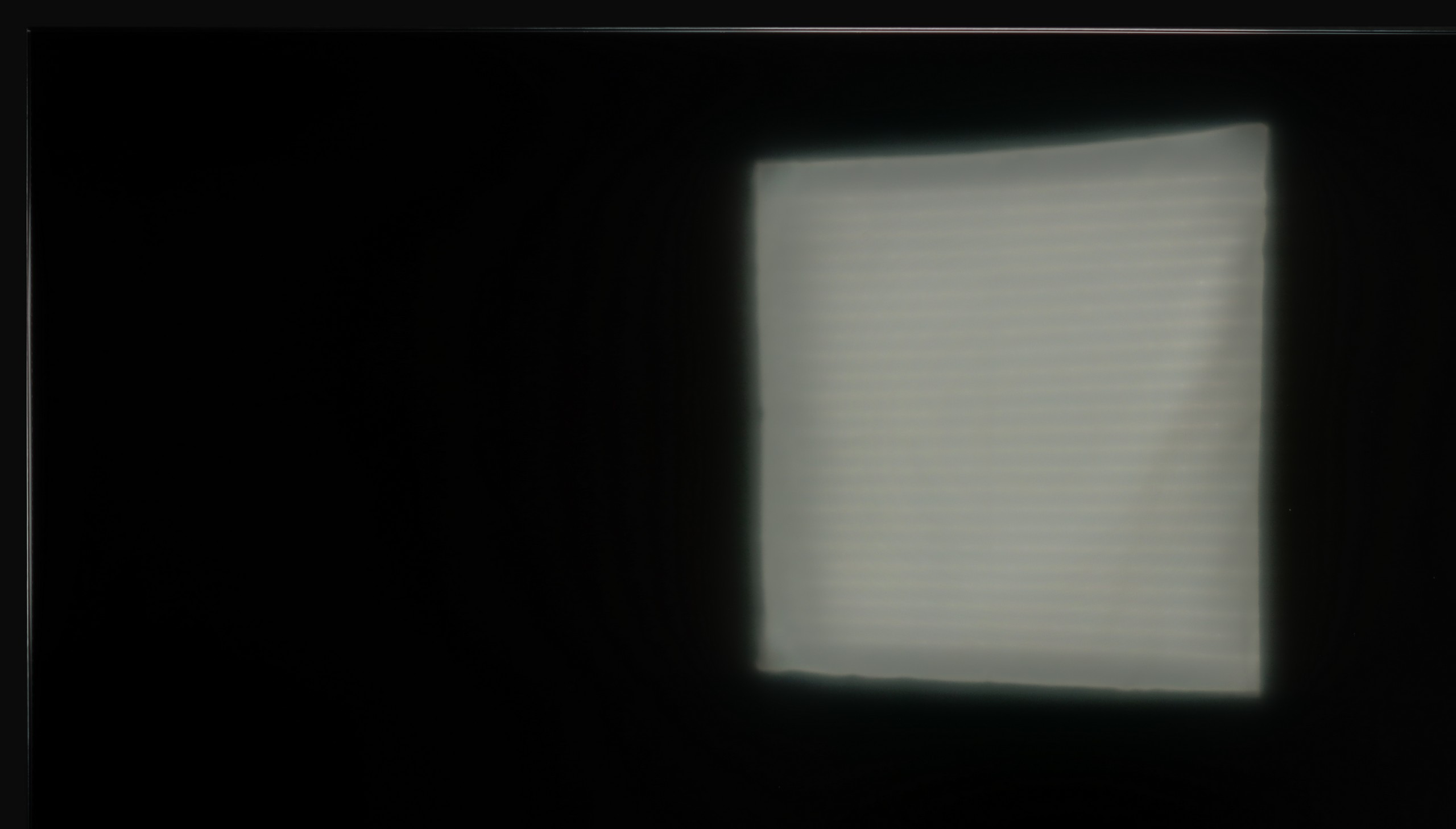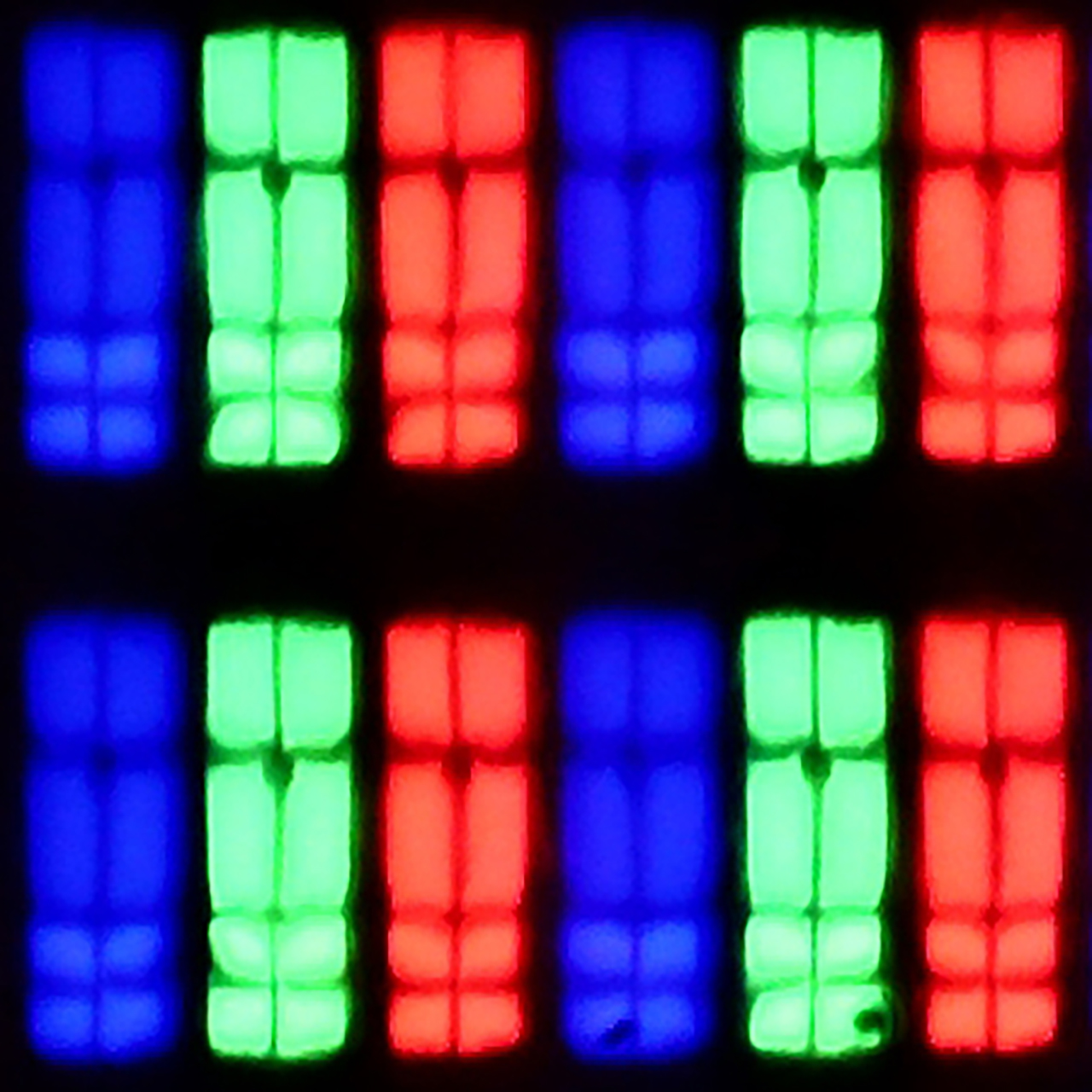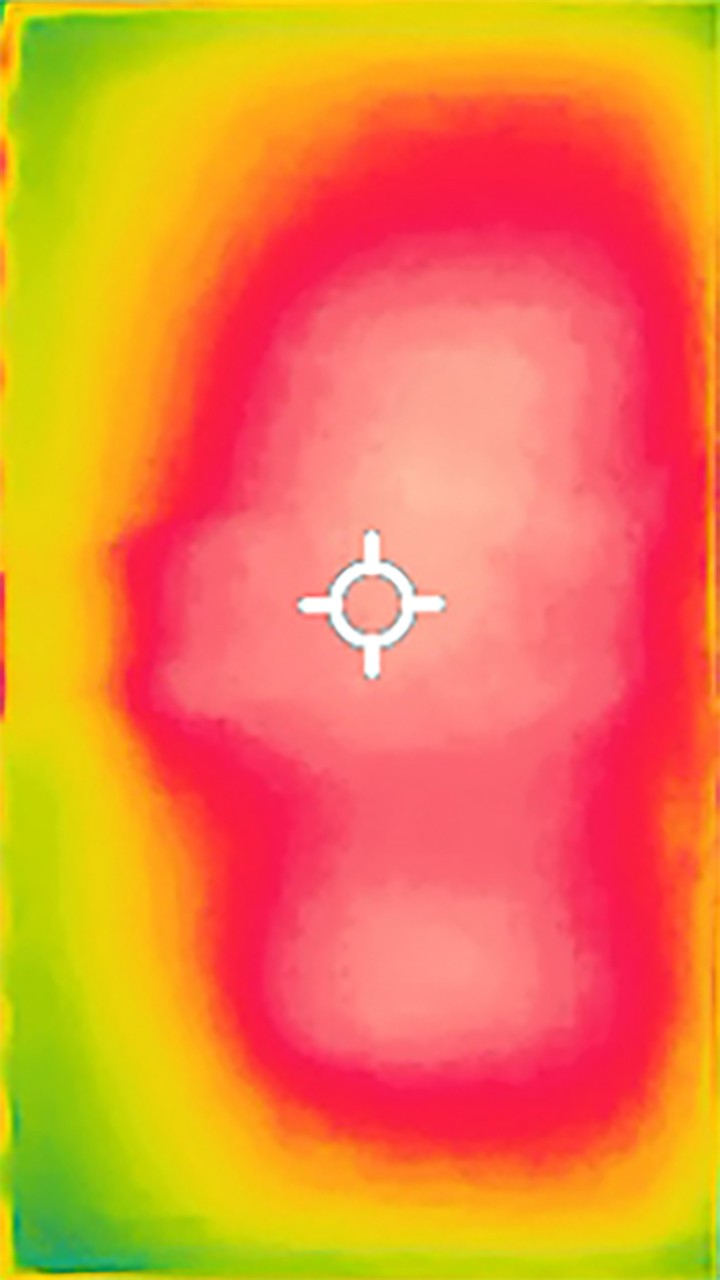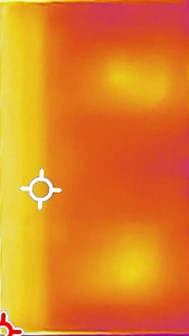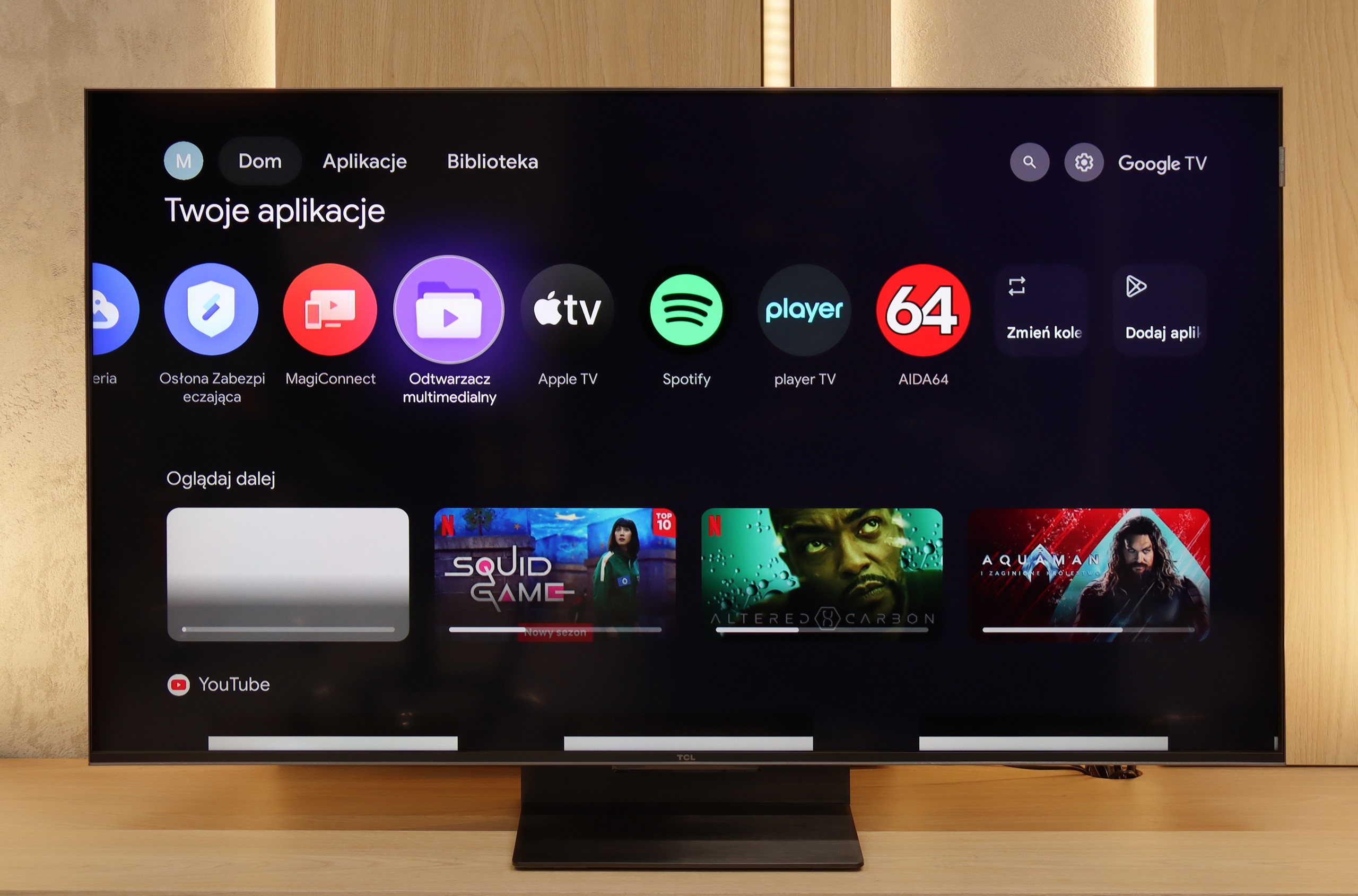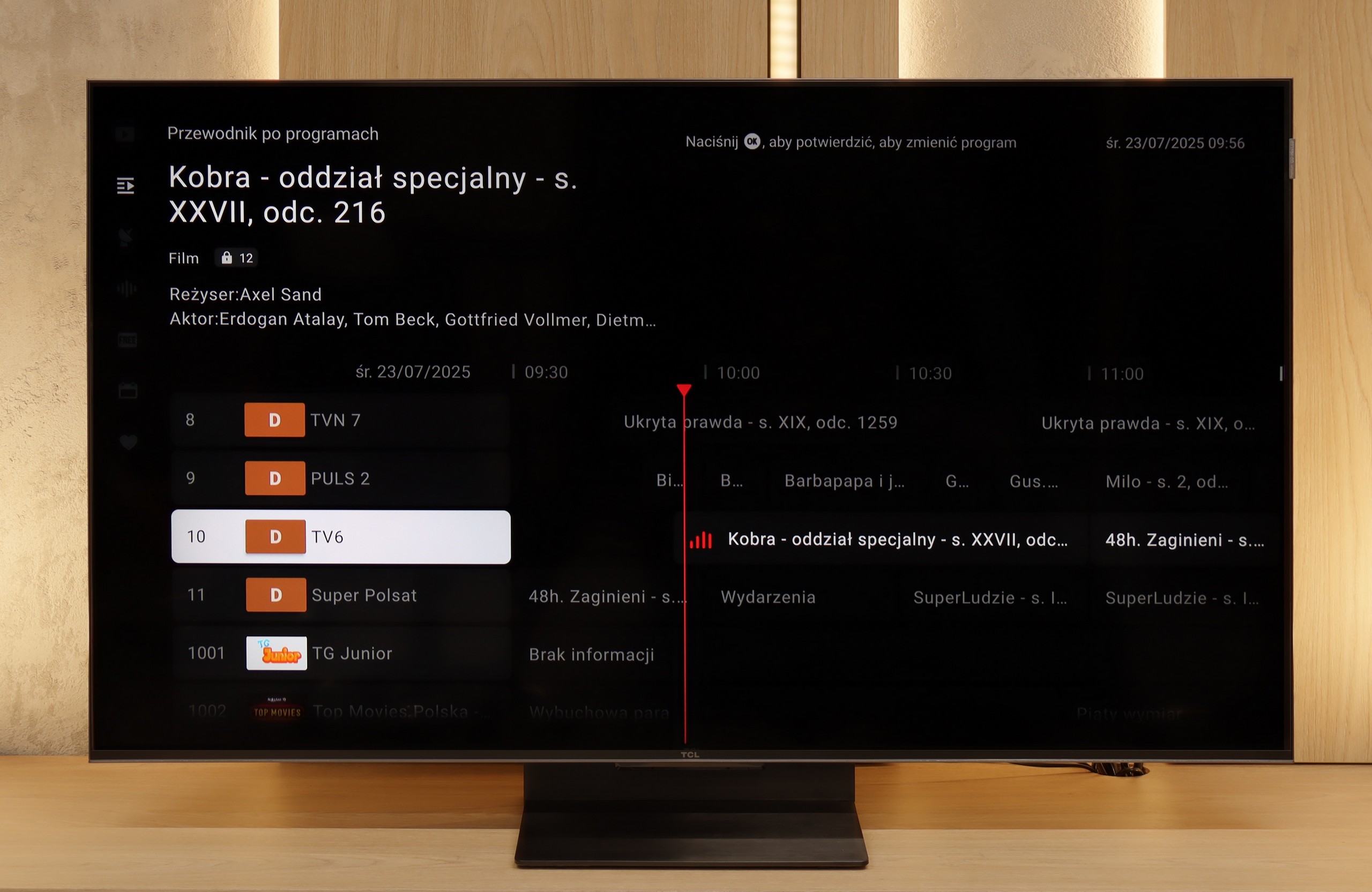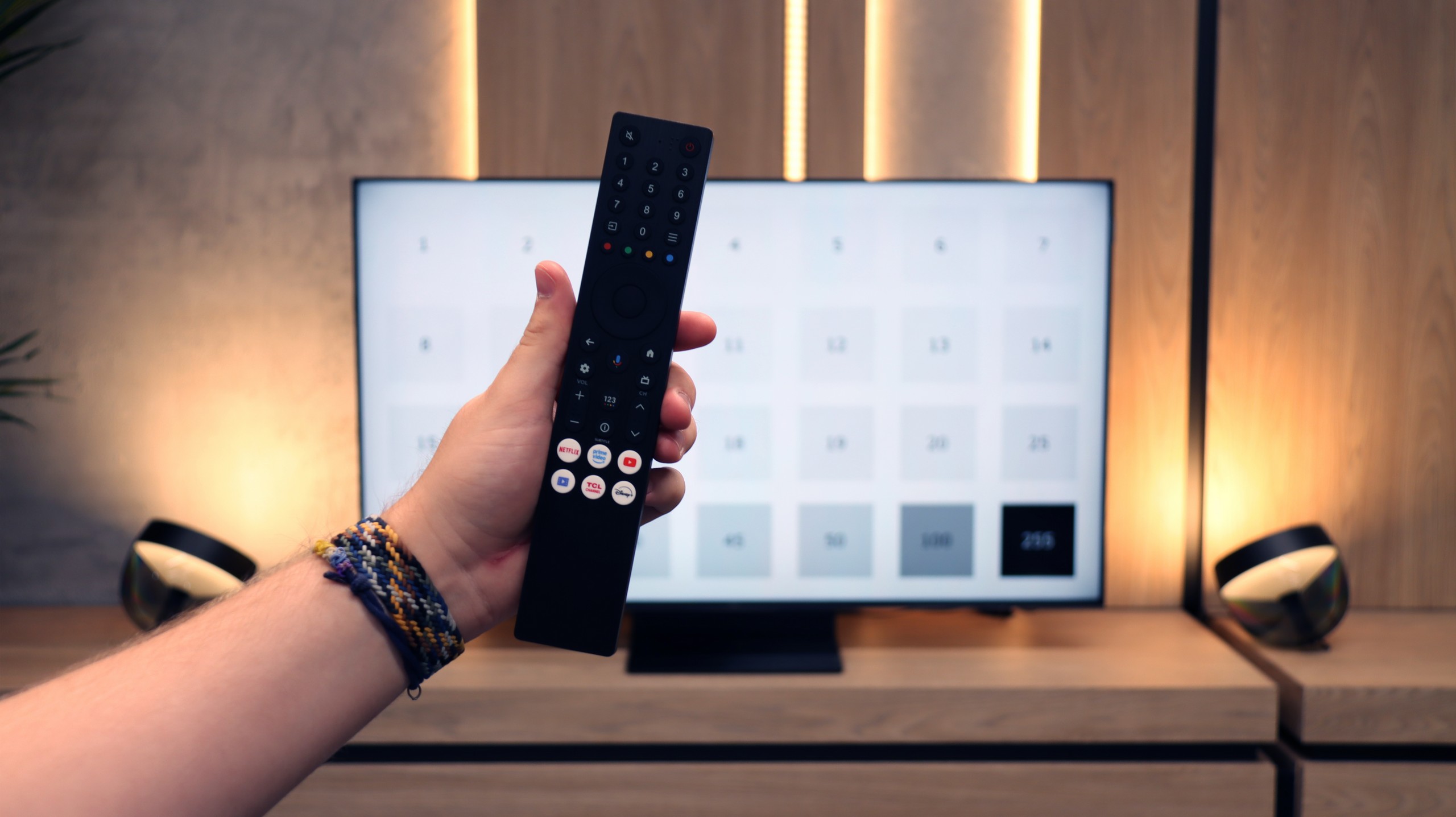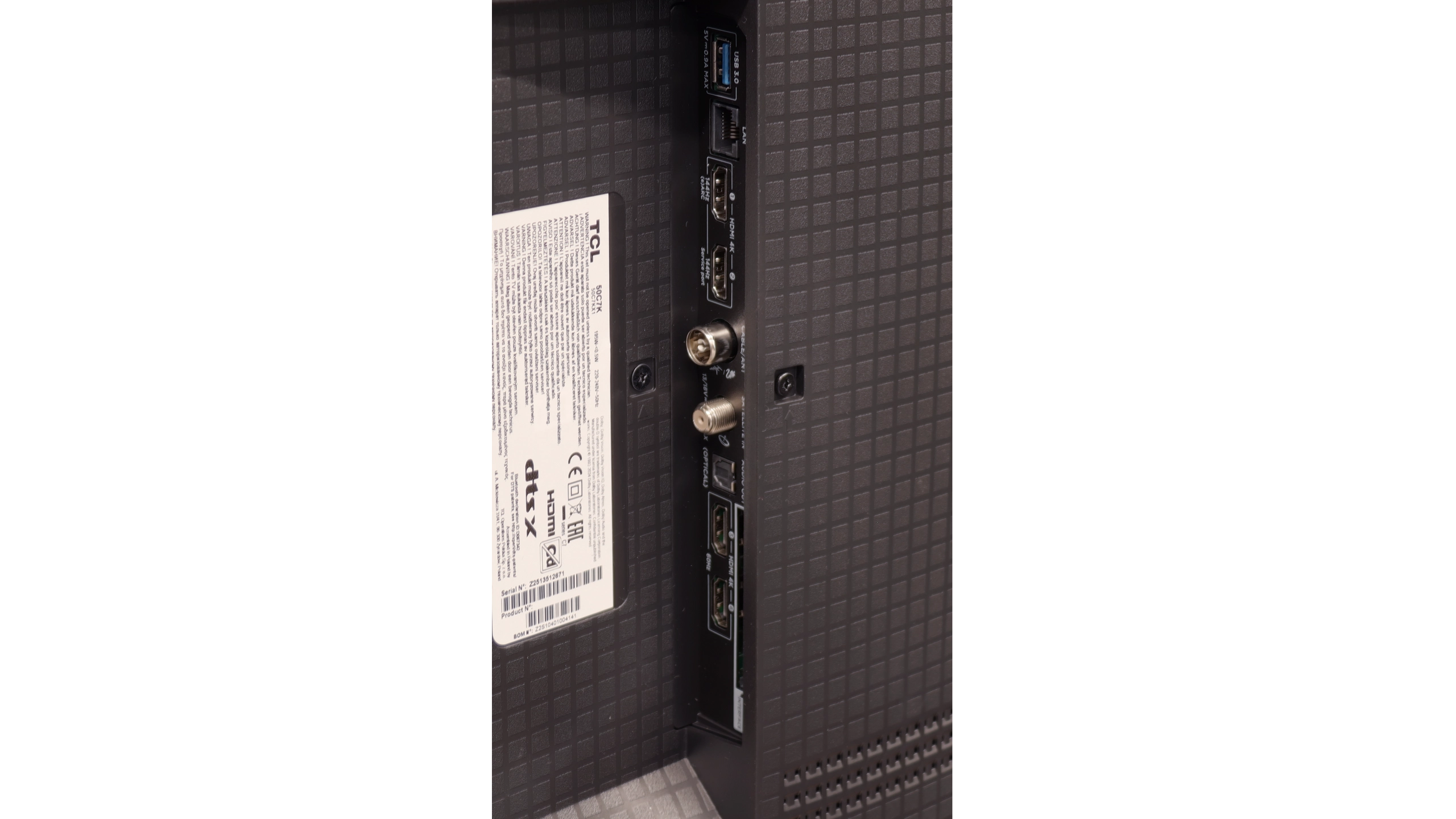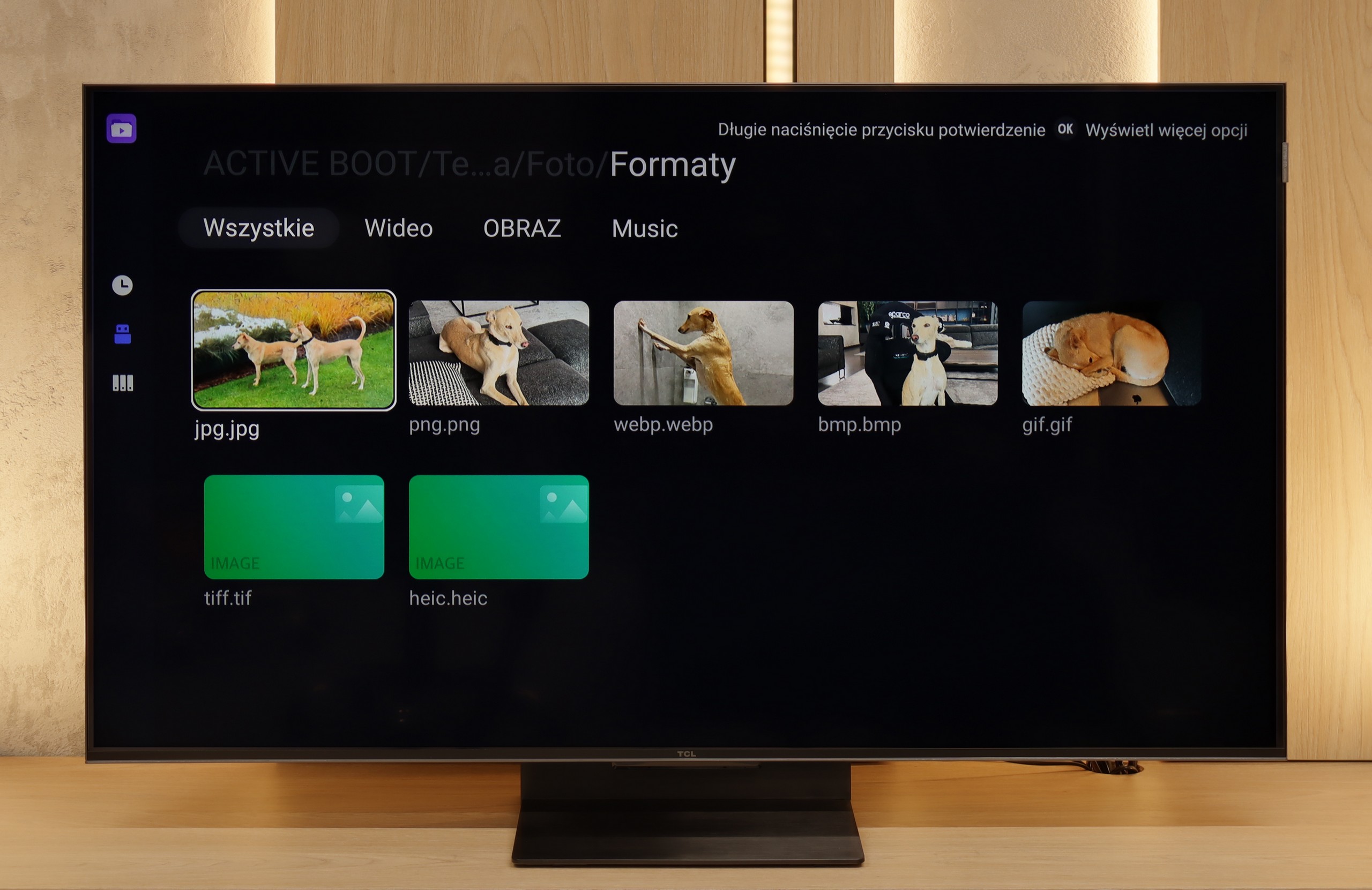There are TVs that make it to reviews and at first glance seem like just another "mediocre" model. The TCL C7K looks just like that – without big slogans about revolution, without ambitions to dethrone OLEDs. Yet after spending a few days with this model, it's hard not to come to the conclusion that it's truly a successful piece of equipment. The biggest advantages? Very good picture quality at a reasonable price. MiniLED combined with a QLED filter delivers vibrant colors, high brightness, and contrast that really impresses in this class. Motion in sports or games looks smooth, and the presence of HDMI 2.1 and 144 Hz refresh rate makes gaming on this model pure enjoyment. Additionally, the Google TV system offers a huge range of possibilities: from voice control, to AirPlay support, to access to all the most important applications.
Are there any drawbacks? Yes. MiniLED still has its limitations, and in the most challenging movie scenes, compromises in dimming can be noticeable. Google TV also doesn't always operate perfectly smoothly. But these are rather minor issues that do not overshadow the overall picture – which is truly positive. It’s also worth highlighting the difference between variants. The 50-inch version we tested can be surprising, but the 55–85 inch models perform distinctly better – they have more backlight zones, even better contrast quality, and superior sound. Therefore, if you're considering purchasing the C7K, it's definitely worth going for a larger size.
QNED86A6A is a television that really does a great job in its price class when it comes to sports, gaming, and everyday TV watching. The 120 Hz panel makes the picture smooth and the motion sharp, which will be appreciated by both fans and gamers. Additionally, it has low input lag along with a full set of gaming features such as HGiG, VRR, and ALLM. The TV works just as well with a computer as it does with a console, so in the office or on a desk in the 43” version, it will perform excellently as a work monitor. Another strong point is the webOS system. It is a fast, stable, and app-rich operating system that, paired with the Magic remote, provides very convenient control. The new version of the remote is slimmer and fits better in the hand, and the cursor on the screen is a solution that many competitors lack. It also includes classic features – USB recording, Bluetooth for headphones, and a full set of HDMI 2.1 with eARC and Dolby Atmos support. This makes the QNED85 series TVs some of the most "multimedia" televisions in their class. But let's not sugarcoat it; this model also has its significant drawbacks. Its biggest flaw is undoubtedly the contrast, or rather the lack of it. The IPS panel combined with edge "mini-LED" is simply a very bad idea. The screen is simply not suitable for watching movies in a dark living room. The blacks are grayish-blue, and local dimming can generate light stripes resembling lasers, which effectively ruins the viewing experience. For home theater, this is not a choice that can be recommended with full conviction. The second problem may not be directly related to the TV itself but to its sales. It concerns the chaos in naming and the differences in derivative versions. The same model, even with the same designation, can have a different frame color or stand depending on the store. This can really be frustrating for the buyer and create a sense of confusion. In summary: LG QNED86A6A is a great TV for sports, gaming, and everyday television, with a convenient system and great functionality. But if you are looking for a screen specifically for movies or series and require deep blacks, it is better to look towards TVs that can truly be called Mini-LEDs with full confidence.
